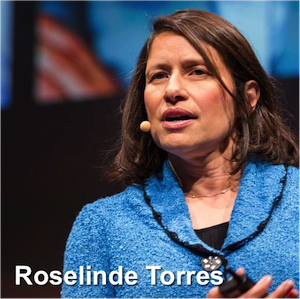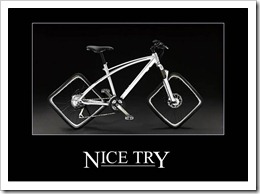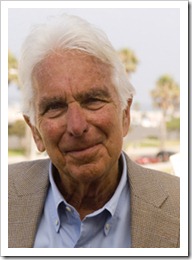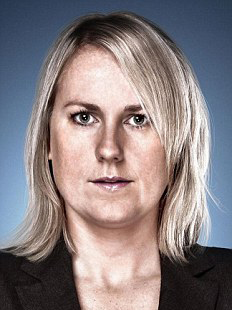From the 1970s to the present day, the study of leadership has mushroomed. And one of the foremost academic researchers is Barbara Kellerman, who first became interested in dominance and power at a young age, but discovered a dearth of literature on the subject. Since the mid-1970s, she has been a prolific contributor to that literature.
Short Biography
Barbara Kellerman took her BA at Sarah Lawrence College, graduating in 1969 and moved to Yale for postgraduate studies, first for an MA in Russian and East European studies, and then for an MPhil and PhD in Political Science, which she earned in 1975.
She stayed in the academic, taking up the study of leadership, with posts at Fordham, Tufts, Fairleigh Dickinson, George Washington, Maryland, and Uppsala Universities. In 1998, she was one of the founders of The International Leadership Association, a membership organisation that brings together people with practical and academic interests in leadership.
In 2000, Kellerman founded the Harvard Kennedy School’s Centre for Public Leadership, which she led until 2003, before stepping down to become its Research Director. Since 2006, she has been the James MacGregor Burns Lecturer in Public Leadership at the John F. Kennedy School of Government, Harvard University, and is also a a visiting scholar and professor at several other institutions, including The Tuck School of Business, and New York University.
Barbara Kellerman on Leadership
Kellerman has researched and written extensively on leadership, putting forward many challenging and compelling ideas. Her 2012 book, The End of Leadership, takes on the ‘leadership industry’, challenging it to really critique the results it achieves.
Kellerman takes a very ‘liberal arts’ view of leadership and is a strong advocate of a great books approach of reading widely and eclectically about leadership from leaders and commentators. Her book Leadership: Essential Selections on Power, Authority, and Influence provides her selection of readings and commentaries.
Her eclectic and innovative approach is nicely illustrated by her book Bad Leadership: What It Is, How It Happens, Why It Matters. It is an unusual approach to study the characteristics and problems of poor leadership – but instructive. Kellerman is foremost a teacher about leadership, rather than a teacher of leadership.
… and Followership
Another narrative in The End of Leadership picks up from her earlier work and emphasises the role of followership and how the balance of power between leaders and the people they would lead has shifted. Her work on followers is every bit as important as that on leaders, and in many ways far more innovative: compare the volume of literature on each!
In Followership: How Followers Are Creating Change and Changing Leaders, Kellerman discusses the essential role of followers and classifies them into five types, depending upon their level of engagement:
- Isolates
These followers blend into the background and fail (or refuse) to engage. They do nothing to support changes and so entrench the status quo. - Bystanders
Like Isolates, Bystanders refuse to participate, but unlike them, they do, at least, maintain an awareness of events. They are often the silent majority who also contribute to maintaining the status quo. - Participants
These followers get involved in either supporting or opposing their leaders, and so are important stakeholders to further engage. This is particularly so, because their motivations are led by their own agenda, rather than those of their leader. - Activists
These followers do not just get involved; they take a lead in pursuing their agenda. They are often highly motivated and energetic, with strong convictions and a desire to lead for themselves. Where they support a leader, they become powerful allies, able to lead parts of a change autonomously. - Diehards
The strongest emotions lie with diehards, who are prepared to do whatever it takes to support or overthrow their leader. They are rare, but can be fanatical, giving them a significant importance.
The Leadership Triangle
In The End of Leadership, Kellerman describes leadership as an equilateral triangle, with three equal sides:
- the Leader
- the Followers
- the Context
The context represents all of the other stakeholders, the culture, the environment, the technological and process resources and constraints and anything else the leader and followers must interact with. Vitally, Kellerman argues that context changes and therefore leadership and followership must necessarily change too, in response. The impact of changes in technology and shifts in world politics are causing ideas of leadership to evolve continuously.
This is what fascinates Kellerman, and her books and writing are always thoughtful. Her latest book, Hard Times, examines the challenging context of today’s United States, looking at how that context is shifting to create new norms and expectations.
Barbara Kellerman describing her work
From the Leadership Industry
The Leadership Pocketbook















 … hey! Maybe the people who get signed up for
… hey! Maybe the people who get signed up for